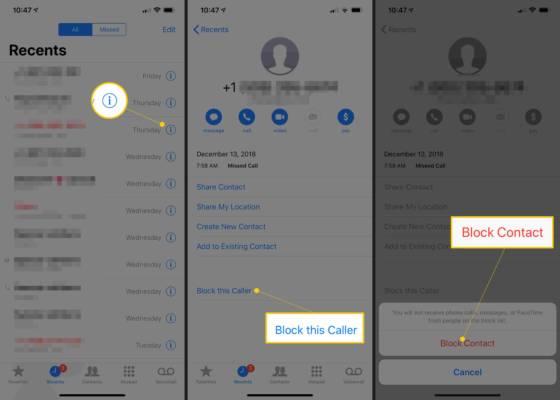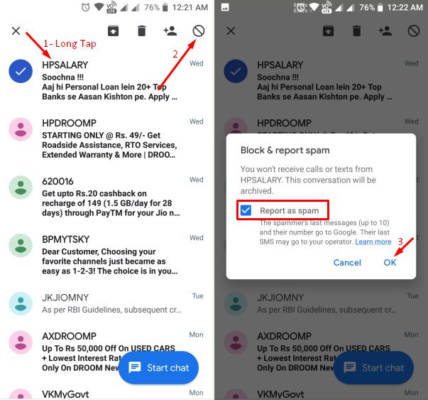Scammers and spammers are already taking advantage of the coronavirus pandemic. If you are not aware, they are currently scaring people into revealing their personal information which eventually results in your money missing. During this period, as more people begin to work from home, we are at a greater risk of falling prey to hackers who are doing everything possible to take advantage of the situation.
Phonecalls and SMSes providing possible treatments or test kits or claiming to be from the health sector are increasing. For instance, this week, Android Police contributor, Corbin Davenport reported a clear proof SMS from someone posing as his bank.
Luckily for us, the Federal Communications Commission recently outlined some of the coronavirus scams it has identified and the Federal Trade Commission also has a list of common scams that have been reported, so you and I can be aware.
Coronavirus related messages are only one type of SMS scam, for instance, but it does not end there. Scammers also send out messages claiming your iCloud account has been hacked just to deceive you into handing over your account details. Once they get the details, they can use it to take over your phone number or tamper with your online accounts. On how to protect yourself during this period, see How To Protect Yourself From A Coronavirus Scam:
1. Avoid opening links:
Scammers are very cunning. They often send stuff that looks like it is from a legit company, like your wireless carrier, bank or medical facility, and then add a link that you should tap to verify your account information. However, this link only takes you to a website that might appear real but is actually fake. The simple aim is to collect your username, password and other personal information to wreak havoc.
If you receive any unexpected message with a link, do not open it. If you do, don’t type in any account details or personal information.
Check out this fake Verizon website that was being used in phishing attempts. The website appears real and even redirects to the official Verizon site after the scammers must’ve laid their hands on your account credentials. Wow.
2. Do some research before replying with STOP:
One rampant way to opt-out of receiving non-nefarious spam texts is to respond to the text with “STOP.” It is a fast and simple way to prevent messages from a political campaign or your internet service provider. However, scammers are now using the same tool to deceive people into responding to their messages, in turn informing them that your phone number is valid and available for targetting with more texts and robocalls.
Rather than quickly responding with STOP to an unsolicited text, take some time to check the number online and confirm if a recognized organization or business uses it for text messages. If you confirm that the number is valid, respond with STOP to get yourself out of their distribution list.
3. Reports a bad message to your carrier:
If you cannot verify who sent a message, or it is clearly a scam, just forward the message to 7726 (it spells “spam” on a device’s keypad). Most carriers accept scam reports via the number. You might receive a follow-up SMS after reporting a text, asking for more details or to confirm the number the original message came from.
4. Use your device’s built-in blocking tool:
Another option is to block the number on your own. iOS and Android devices have their built-in tools to block messages and calls from troublesome numbers. We expatiate on that below:
iPhone:
On an iPhone, access the message in the Messages application and click on the profile picture way up on the screen, then click on “Info.” On the next screen, click on the phone number, then “Block this Caller” way down on the next screen.
You Might Also Want To Read: How To Use iPhone To Check Coronavirus Symptoms And Receive Advice
Following these instructions will block the number from messaging and calling you.
Android:
For Android devices, the process to block a number varies depending on who your phone maker is and which message application you are using.
If you use Google’s Messages app, begin by opening the spam message, then click on the menu button in the top-right corner and choose “Details.” On the next screen, choose “Block & report spam,” and then tap OK. The Messages application will send the number and the ten previous messages from it to Google for analysis and to enhance future spam detection. However, your responses to the number will not be sent to Google. If you would prefer to just block the number, untick the box close to “Report spam” before clicking OK.
You Might Also Want To Read: How To Set Hand Washing Reminders On iPhone, Apple Watch And iPad
That is that.



